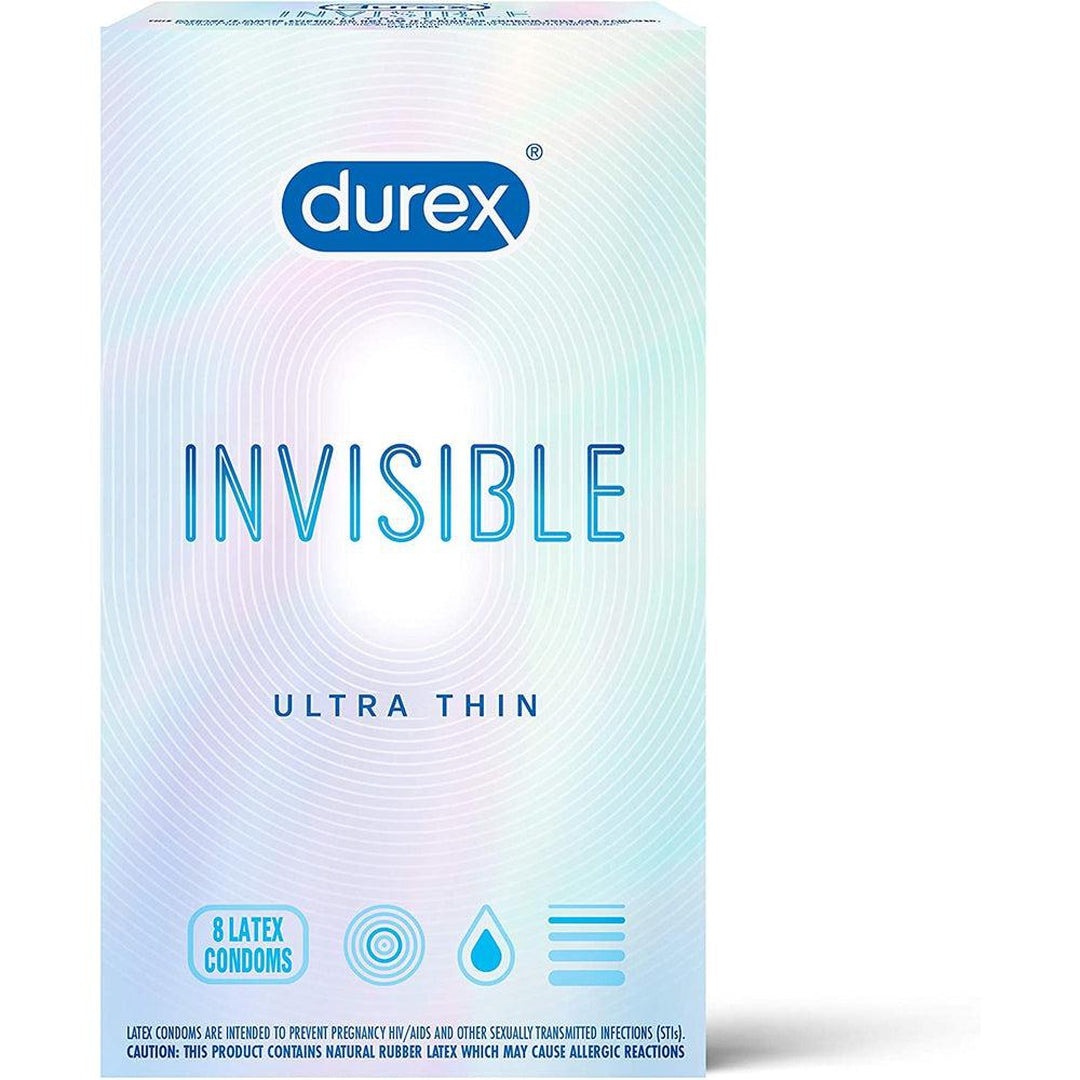- Home
- ultra thin transparent
- Research team develops ultrathin, transparent oxide thin-film transistors for wearable display
Research team develops ultrathin, transparent oxide thin-film transistors for wearable display
4.8 (287) · $ 9.99 · In stock
With the advent of the Internet of Things (IoT) era, strong demand has grown for wearable and transparent displays that can be applied to various fields such as augmented reality (AR) and skin-like thin flexible devices. However, previous flexible transparent displays have posed real challenges to overcome, which are, among others, poor transparency and low electrical performance. To improve the transparency and performance, past research efforts have tried to use inorganic-based electronics, but the fundamental thermal instabilities of plastic substrates have hampered the high temperature process, an essential step necessary for the fabrication of high performance electronic devices.

Jose Miguel Carreño (@jmcarrenocanas) / X
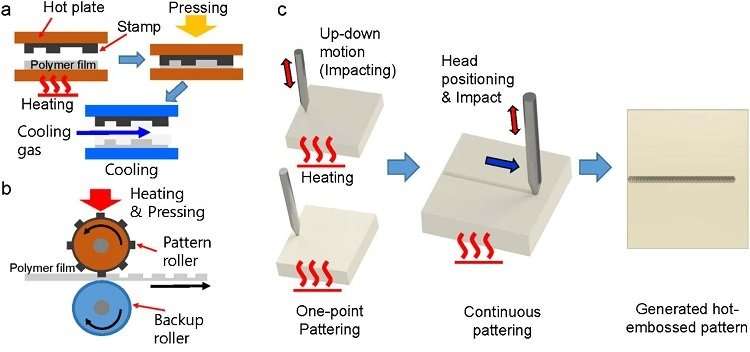
New breakthrough in hot embossing technology
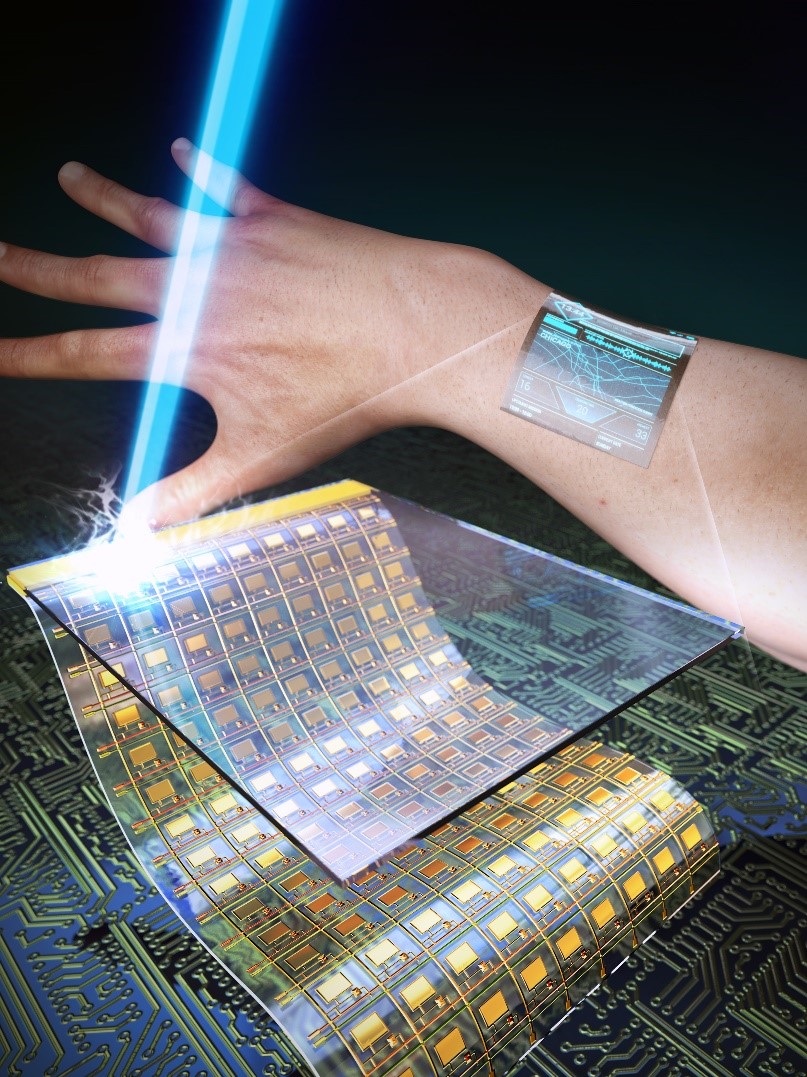
Research team develops ultrathin, transparent oxide thin-film transistors for wearable display
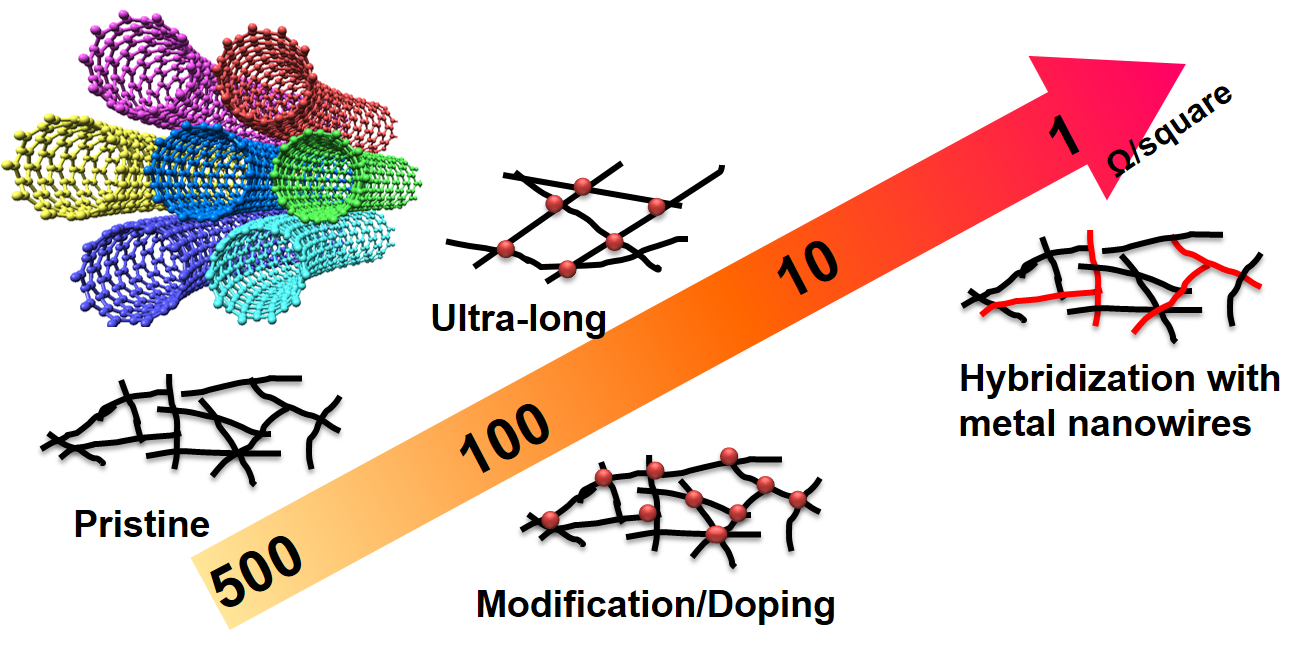
Are carbon nanotubes the next in-line for the manufacture of wearable electronics?

Super-flexible liquid crystal device for bendable and rollable displays
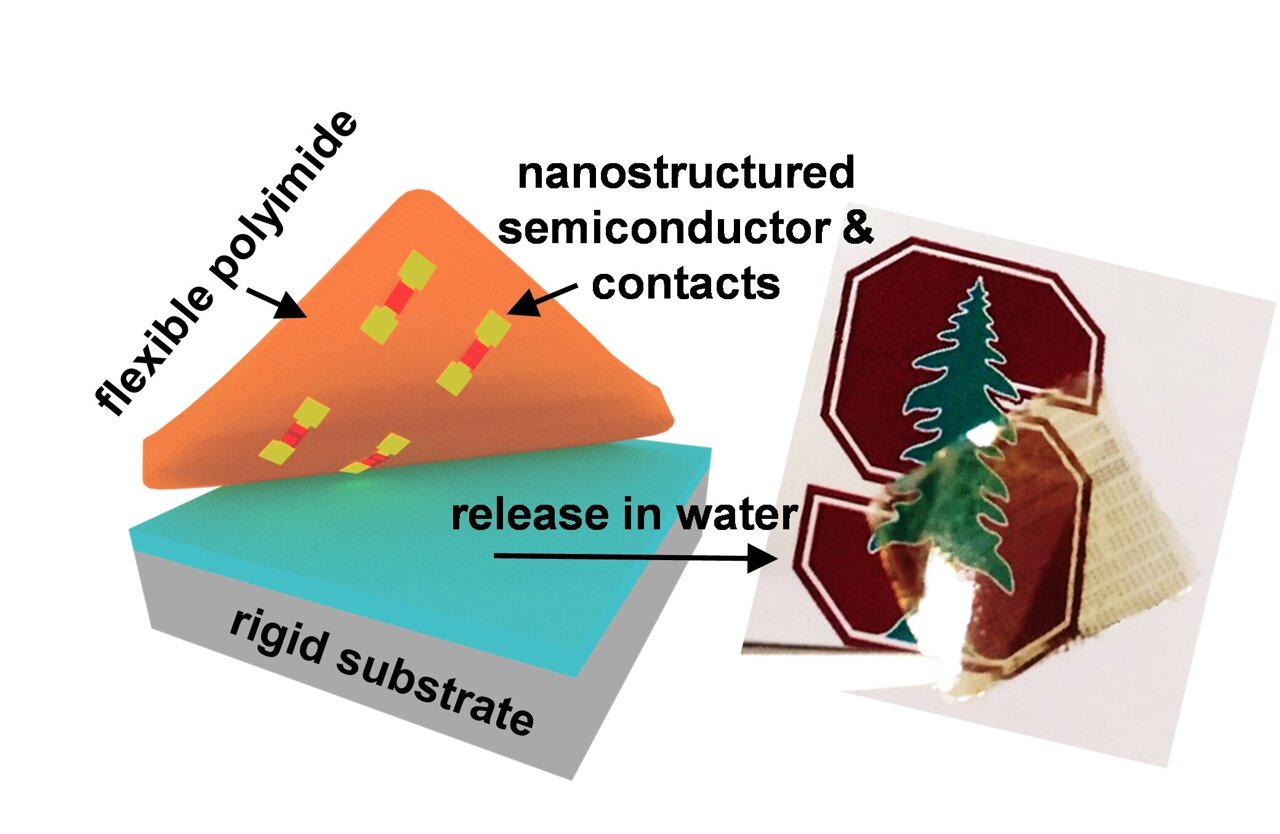
New manufacturing technique for flexible electronics

Jose Miguel Carreño (@jmcarrenocanas) / X

Jose Miguel Carreño (@jmcarrenocanas) / X

Research team develops ultrathin, transparent oxide thin-film transistors for wearable display

Flexible TVs and high performance wearable smart tech one step closer

Jose Miguel Carreño (@jmcarrenocanas) / X
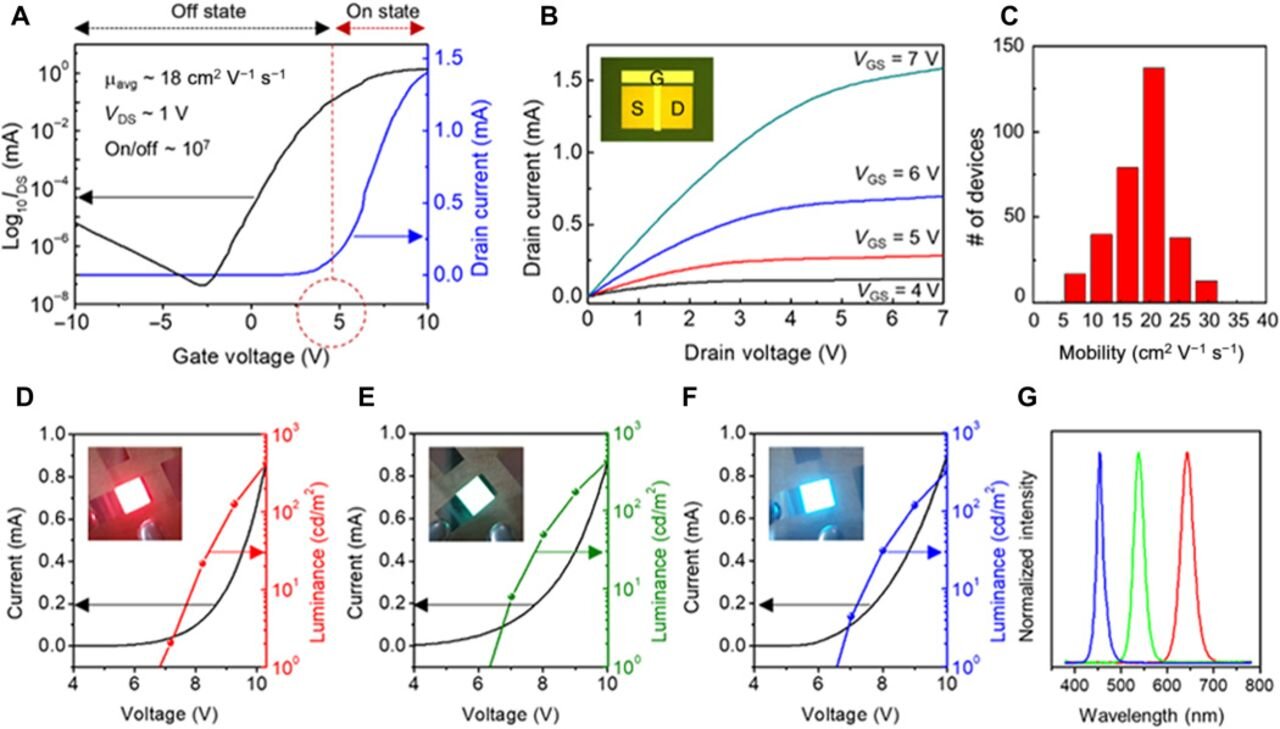
Active-matrix organic light-emitting diode display on human skin






